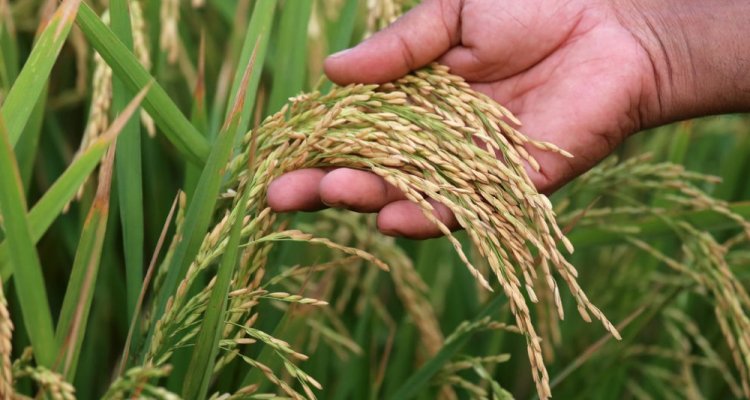
Project
A new approach towards Food Loss and Waste including Greenhouse Gas Emissions
This project a) identifies product categories and solutions with win-win on Greenhouse Gas Emission (GHGE) reductions and Food Loss and Waste (FLW) reduction and b) performs case studies aligned with industries on GHGE and FLW reducing potential.
Globally one third of food is lost or wasted and contributing to ~8% of global Greenhouse Gas emissions (GHGE). Consequently, Food Loss and Waste (FLW) preventing measures may significantly contribute to food security and climate impact reduction. However, in general most FLW preventing measures also lead to additional GHGE.
Phase 1 Climate Change, Agriculture and Food Security (CCAFS)
In the first phase of this project a methodology for estimating trade-offs between GHGE impact and food security of FLW reducing measures has been developed. The model includes cumulative impacts along the entire chain: agricultural production, post-harvest processing, packaging, transport, refrigeration, etc. and is applied to several cases in developing and developed regions. Scenario studies show that many loss-reducing measures significantly pay off, in terms of reduced GHGE per product consumed and increased food availability, especially for products with relatively high climate impact (like ruminant products).
Effectiveness for other products is less clear-cut. For example, small-scale processing of damaged avocado to frozen pieces is a sustainable alternative to additionally producing + large-scale freezing of fresh products, whereas for mango (with relatively small impact of primary production) the valorization of selected reject mango is less relevant from GHG impact perspective.
Phase 2 Climate Change, Agriculture and Food Security (CCAFS)
The second phase of the project is oriented along three major lines:
- Identifying priority areas: product categories and solutions with win-win on GHGE reductions and FLW reduction. Based on estimates of waste reduction potential, required efforts (and related impacts) and financial cost estimates, trade-offs will be analyzed. Results will give a view on relevancy of measures serving as a decision basis for focusing further development and potential investment domains.
- Performing case studies: action research, aligned with industries or other private parties with significant impact potential. Research will be oriented on FLW reducing potential, net GHGE effects and financial cost and benefits of selected improvements. Considering that financial cost-benefit is largely scale-size dependent, cost models to analyses feasibility of the improvement opportunities will be used.
- Further developing the methodology underlying this work, aiming at broader adoption.